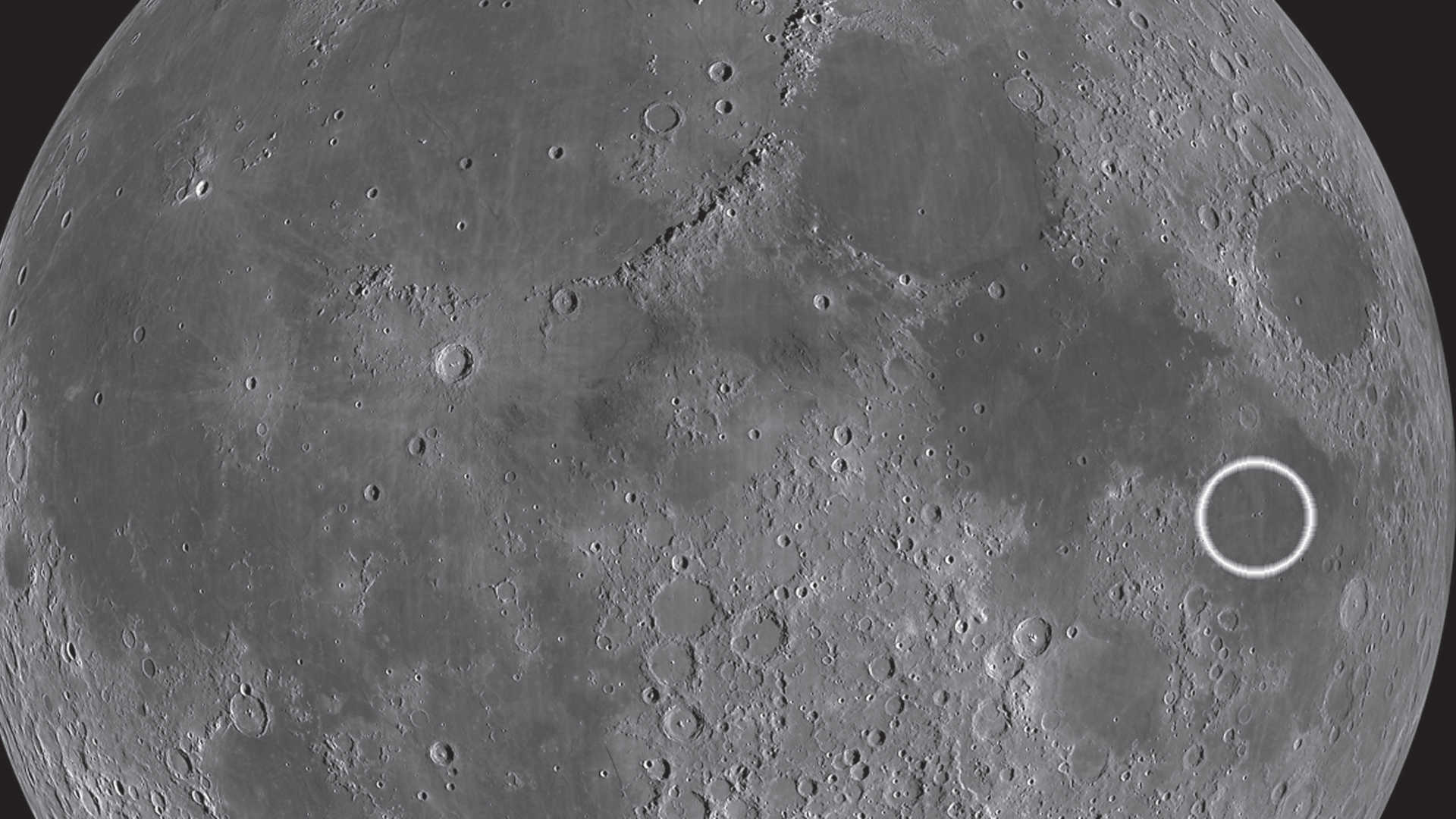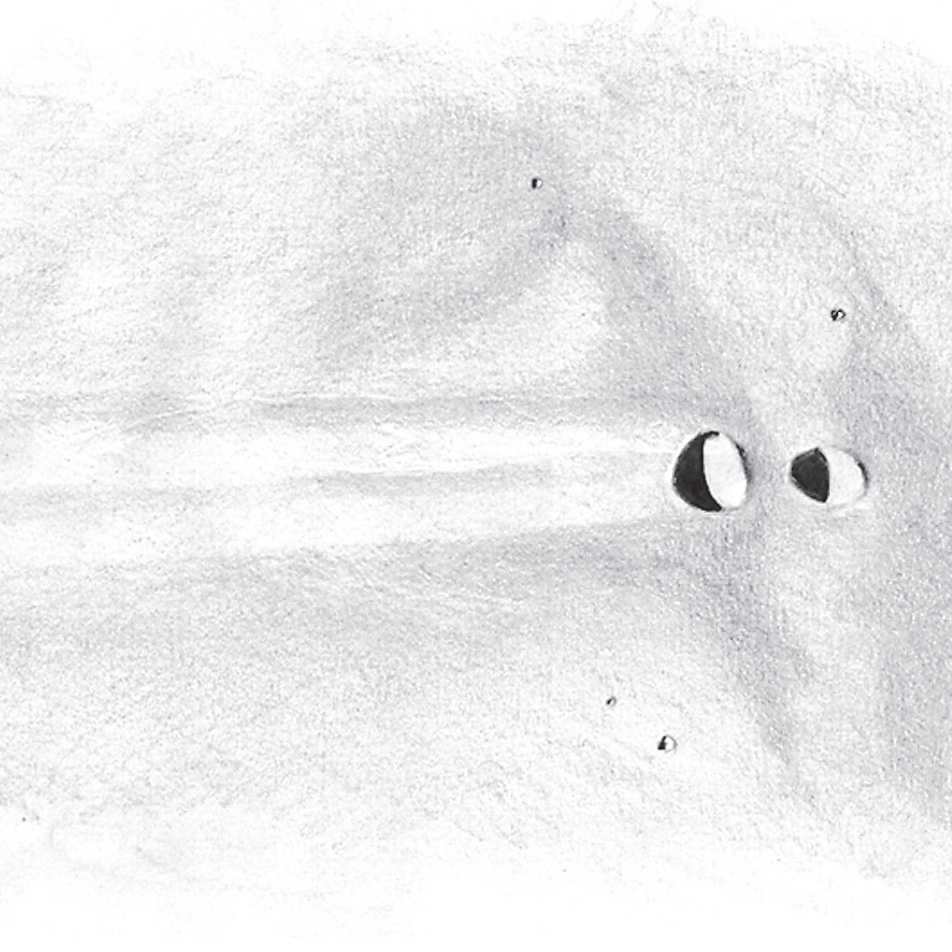Strange happenings in the Mare Fecunditatis (Sea of Fertility)
The Messier and Messier A craters in the Mare Fecunditatis are characterised by the unusual distribution of their ejecta deposits.
 The two craters Messier and Messier A can be found almost in the middle of the Mare Fecunditatis.
The elongated pattern of Messier A’s ejecta deposits is unique. NASA/GSFC/Arizona State University
The two craters Messier and Messier A can be found almost in the middle of the Mare Fecunditatis.
The elongated pattern of Messier A’s ejecta deposits is unique. NASA/GSFC/Arizona State University
 The elongated pattern of Messier A’s ejecta deposits is unique. NASA/GSFC/Arizona State University
The elongated pattern of Messier A’s ejecta deposits is unique. NASA/GSFC/Arizona State UniversityThe great astronomer Charlies Messier has been immortalised on the Moon, too. The two Messier craters - Messier with a diameter of 14 km, and Messier A with a diameter of 11 km - are to be found almost in the middle of Mare Fecunditatis (Sea of Fertility). They are instantly recognisable due to the unusual distribution of their ejecta deposits.
A comet tail on the Moon
 Sketch of Messier and Messier A at sunset through a telescope with a 150-mm aperture, magnification of 180×. L. Spix
Sketch of Messier and Messier A at sunset through a telescope with a 150-mm aperture, magnification of 180×. L. SpixTwo light and almost completely straight rays run west from Messier A to the edge of Mare Fecunditatis, measuring around 170 km in total. The formation’s appearance is often compared to the tail of a comet. But the oval crater Messier directly to the east of it also shows a double V-shaped area, with ejecta material to the north and south, on both sides of the crater. However these deposits appear not to be as light and not as striking as those of Messier A.
The truth is sometimes stranger than fiction
These distinctive-looking structures also give us clues to the origins of this intriguing pair of craters. A possible sequence of events leading to their formation is as follows: an asteroid approached the Mare Fecunditatis from the east at a very flat angle of less than 5°, and its grazing impact carved out the elongated crater Messier with ejecta deposited laterally. In the process, a part of the asteroid rebounded and formed the crater Messier A with its elongated ejecta formation. These structures could be very precisely reproduced in terrestrial experiments with projectiles.
Best visibility 5 or 18 days after New Moon
Author: Lambert Spix / Licence: Oculum-Verlag GmbH
